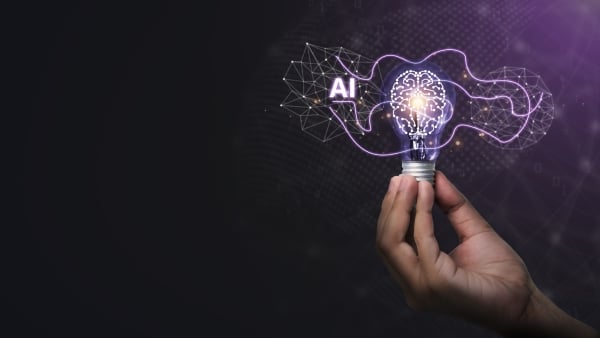In recent years, the field of artificial intelligence has seen significant advancements, particularly in the realm of generative AI. This cutting-edge technology has the ability to generate unique and original content, such as text, images, and even music, that is indistinguishable from human-created content. Harnessing the power of generative AI has the potential to revolutionize the way we create and consume information, making it an incredibly valuable tool for educators.
Generative AI can be used in a variety of educational settings to enhance teaching and learning experiences. For example, teachers can use generative AI tools to create personalized learning materials for students, such as customized textbooks or worksheets tailored to individual student needs. This can help students better engage with the material and improve their understanding of complex concepts.
Additionally, generative AI can be used to create interactive simulations and virtual reality experiences that bring learning to life in ways never before possible. For example, students studying history could explore a virtual reconstruction of ancient Rome, or students studying biology could interact with a digital model of the human body. These immersive experiences can make learning more engaging and memorable for students, helping them retain information more effectively.
Generative AI can also be used to automate routine tasks, freeing up educators to focus on more meaningful and strategic aspects of teaching. For example, generative AI tools can help teachers quickly generate quizzes, exams, and other assessments, saving time and reducing administrative burden. This can allow teachers to spend more time providing personalized feedback and support to students, ultimately improving learning outcomes.
However, as with any emerging technology, there are also ethical considerations that educators must take into account when harnessing the power of generative AI. For example, there are concerns about bias in AI algorithms, as well as issues around data privacy and security. Educators must be mindful of these potential risks and take steps to mitigate them in their use of generative AI in the classroom.
In conclusion, generative AI has the potential to revolutionize education by providing new tools and resources to enhance teaching and learning experiences. Educators have a unique opportunity to harness the power of generative AI to create more engaging, personalized, and effective learning experiences for students. By staying informed about the latest developments in AI technology and taking a thoughtful and ethical approach to its implementation, educators can help shape a brighter future for education. It is time for educators to take action and explore the possibilities of generative AI in the classroom.


